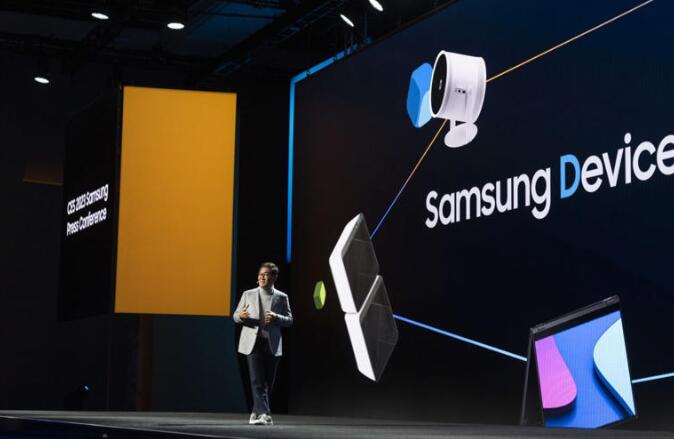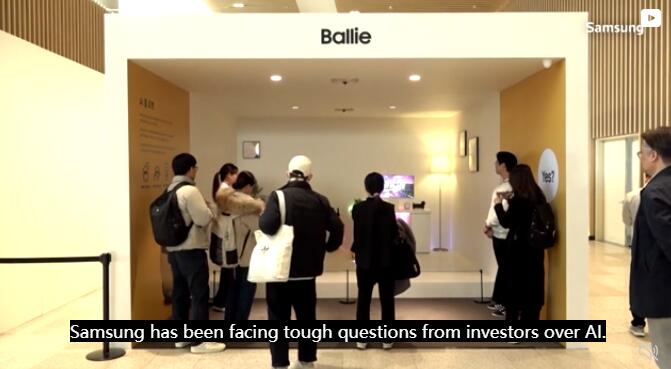Samsung Electronics is reeling from the sudden death of Jong-Hee Han, co-CEO and head of its smartphone and consumer electronics division. His passing comes at a critical juncture, as the tech giant faces mounting pressure from rivals and a sharp decline in market share.

In a sudden and sobering development for South Korea’s largest tech company, Jong-Hee Han—co-CEO of Samsung Electronics and the executive leading its smartphone and consumer electronics business—passed away on Tuesday from cardiac arrest at the age of 63.
Appointed co-CEO in December 2021, Han’s leadership came during a period of mounting challenges for Samsung. While no successor has been named, the company confirmed the news and issued a statement expressing condolences to Han’s family and loved ones.
Han’s death adds to an already tense period for Samsung Electronics. Once an undisputed leader in smartphones, TVs, and consumer tech, the company is now navigating fierce competition, internal restructuring, and strategic uncertainty. Rivals like Apple, SK Hynix, and Taiwan’s TSMC have steadily outpaced Samsung in key growth areas like AI semiconductors and advanced chip manufacturing.
In recent years, Apple overtook Samsung in smartphone shipments for two consecutive years. Meanwhile, SK Hynix beat Samsung to become Nvidia’s primary supplier for the specialized memory chips powering artificial intelligence applications. TSMC continues to dominate the high-end chip sector, pledging an additional $100 billion for U.S. operations.
Samsung’s efforts to catch up have included massive investments in semiconductor production in Texas, encouraged by U.S. incentives under the Biden administration. However, with the policy direction shifting under President Trump, and new tariffs on Mexican imports where Samsung maintains manufacturing operations, some of those investments now appear risky.
The company’s stock performance reflects growing investor concerns. Over the past year, Samsung shares have dropped roughly 22%, while competitors like Apple, TSMC, and SK Hynix have enjoyed double-digit gains.
Chairman Lee Jae-yong recently addressed the urgency of Samsung’s situation in a company-wide message, calling the current moment a “do-or-die survival” phase. Executives were even given engraved plaques bearing the phrase: “Strong in crisis, good at reversals, and fierce in competition.”
Han, who joined Samsung in 1988, was instrumental in helping the company rise to the top of the global TV and home appliance markets. Just last week at Samsung’s annual shareholder meeting, he openly acknowledged the company’s declining stock value and apologized to investors—vowing a turnaround.

This marks yet another leadership blow for the tech giant. In late 2023, Samsung ousted its previous chip division chief after falling behind in the AI chip race. The firm also apologized publicly for its lagging position in the sector.
Meanwhile, Chinese competitors are closing the gap fast. According to CINNO Research, Samsung’s share of the global AMOLED smartphone display market dropped from 60% to 40% in just two years, as Chinese brands increasingly source displays domestically. On the chip front, China’s SMIC is now the third-largest contract chipmaker globally, and local memory producers are projected to capture 10% of the memory market in 2025—a meteoric rise from nearly zero just five years ago.
Still, analysts say Samsung isn’t down for the count. Despite recent setbacks, the company remains the largest chipmaker by revenue and retains unmatched manufacturing capacity. In 2024, Samsung posted a 16% year-over-year revenue increase, totaling around $205 billion. Its components division returned to profitability with $11 billion in operating profit, although still far from pre-pandemic highs.
According to CINNO Research senior analyst Liu Yushi, “Samsung has the scale and financial firepower to keep investing in next-generation technologies—it’s far too early to count them out.”